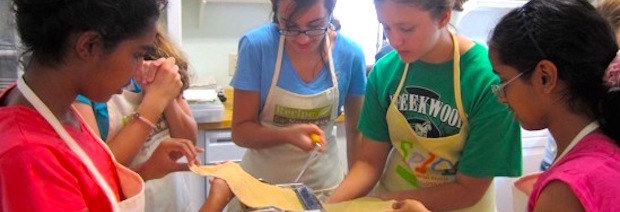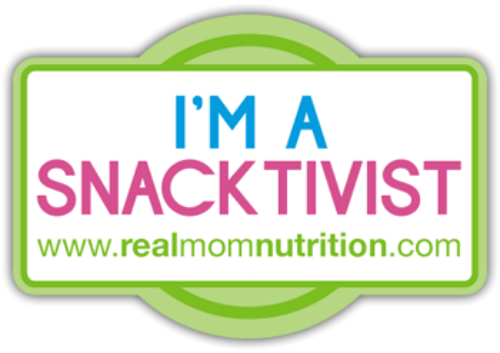Have you noticed that kids can't seem to do anything without being served a snack? Packaged cookies and gummy fruit snacks are doled out any time children gather in a group, whether it's a two-hour preschool class or a 45-minute pee-wee soccer game. Every sporting event is now a reason to celebrate with cupcakes. And instead of water, children are getting juice boxes, pouches and bottled punch.
Today's children get about 500 calories a day from snacks--and mostly from these kinds of processed foods. According to researchers at the University of North Carolina at Chapel Hill, the most common snacks for kids are chips, cookies, crackers and other junk food made with refined white flour, salt, sugar, and artificial flavors and colors.
What is "Snacktivism"?
It's a grassroots effort to rethink the emphasis on snacks--and reconsider what kinds of snacks we're serving--for the sake of our kids' health. Rates of childhood overweight and obesity are alarmingly high, and we owe it to our children to equip them with healthy eating habits. If we teach them that snacks are artificially-colored cookies out of a package, how do they ever stand a chance at maintaining a healthy weight, avoiding complications like diabetes and high blood pressure, and living a long, healthy life?
Snacktivism is about finding a better way. It's about thinking twice before serving snacks, about considering whether kids actually need a snack. And if they do, it's about making a better choice. It's about offering whole foods and about making fruits and vegetables the default. Snacktivism is not about giving up cookies and cupcakes. Instead, it's about putting them back in their place as special occasion foods, not every day choices.
What You Can Do
If you're fed up with the snack culture, here are five steps you can take now:
- Mobilize other parents at your child's school, church and sports teams. Chances are, other parents feel the same way.
- Volunteer to bring food for events to model healthy choices. Organize your child's classroom parties and sign up to donate healthy food to school functions, church potlucks, and other events.
- Talk to your child's teachers, principals, and camp and preschool directors about the kinds of snacks served. Read my post, "Camp Snacks: The Sequel" about how just a few parents can help change snack policies for the better.
- Ask your child's coaches if they can institute a fruit-and-water team snack policy, or eliminate snacks entirely. Check out my Sports Snacktivist Handbook for a sample team email, FAQ, and other resources.
- Consider how your child snacks at home. Are your kids filling up on empty snacks like pretzels, granola bars, and fruit snacks all day? Kids who are perpetually grazing will have a harder time branching out to try new foods at mealtime--and knowing what both fullness and hunger feel like is a skill they'll need their whole lives.
 Sally Kuzemchak,MS, RD, is a registered dietitian, blogger, freelance writer, and educator. Read her advice and recipes on Real Mom Nutrition, and follow her on Twitter and Pinterest.
Sally Kuzemchak,MS, RD, is a registered dietitian, blogger, freelance writer, and educator. Read her advice and recipes on Real Mom Nutrition, and follow her on Twitter and Pinterest.















Have a question?